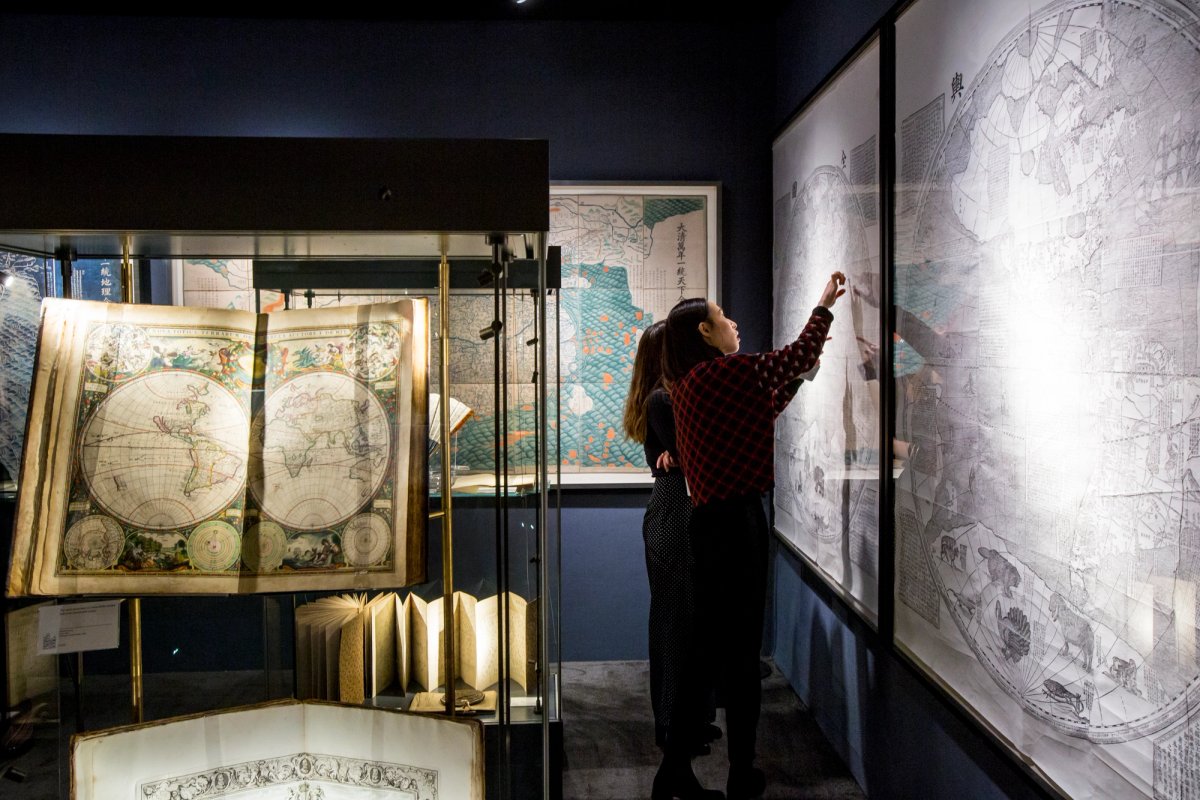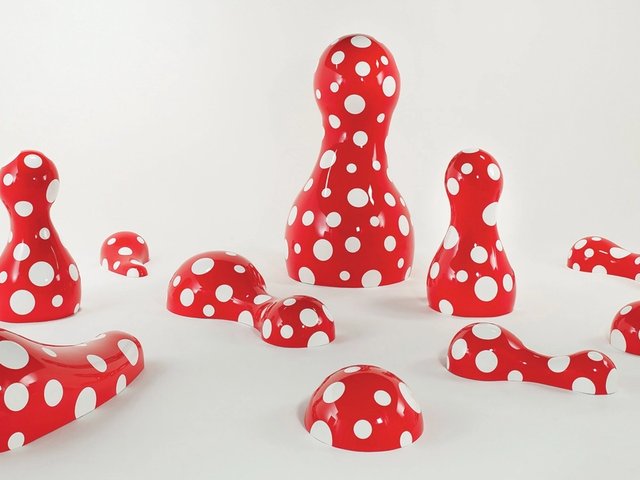New York’s venerable Winter Show is perhaps the most diverse it has been in 65 years. Once famous for boasting Rococo designs and Mayflower needlepoints, efforts have noticeably turned toward the expansion of 20th and 21st-century offerings—many of which can be seen nestled among old world and folk art mainstays.
At this year’s edition, on view through 27 January at Manhattan’s Park Avenue Armory, the fair’s long-term home, 800-year-old illuminated manuscripts sit beside Japanese clay works made only in the last decade, while an ancient bust of Apollo—soft-jawed and wide-eyed—looks on at a massive Paul Colin portfolio containing lithographs of Josephine Baker in full Ziegfeldian burlesque.
Sandra Hindman, a longtime exhibitor and owner of Les Enluminures gallery, which specialises in miniatures and illuminated folios from the Middle Ages and the Renaissance, is happy to see the show more modern and updated. “Even the dress of the attendees at the opening matched the modernity of the show—[it was] more colourful,” she says. “It’s an overall younger, higher fashion crowd.”
The gallery is offering a 13th-century Book of Hours ($1.1m), which includes hundreds of coloured imagesrepresenting a time, which the gallery’s vice president, Keegan Goepfert, calls the “unthawing of Europe.”
Often referred to as the “Grande Dame” of art fairs in the US, the Winter Show may be warming up as well. “Looking at the old art, you can see how much of it has influenced newer artists,” says Helen Allen, who was appointed as the fair’s executive director in April 2018. With a background firmly rooted in contemporary art—she has worked on fairs such as Pulse Contemporary Art Fair and Art HK, which later became Art Basel Hong Kong—Allen’s vision is to showcase the history of art and the evolution of objecthood over thousands of years—a challenge which several galleries have taken on as they have sought to diversify and modernise their own offerings.

The Winter Show 2019 Matthew Gilbertson
At New York’s Macklowe Gallery, jewellery spanning more than a century tells a story of time through trends and craftsmanship. This year, the gallery is presenting their usual offerings of art deco pieces, including a rare patina bronze fall leaf necklace by Claude Lalanne (est. $30,000) alongside contemporary works inspired by Alaskan glaciers and other natural manifestations from Indian gemologist Neha Dani.
“I love the fact that the show is now spanning 5,000 years of human history and creation. It looks like the Metropolitan Museum [with] price tags,” says owner Ben Macklowe. He adds that he has sold several art deco pieces to New York-based collectors in their 30s and 40s this year.
New exhibitor Erik Thomsen whose Japanese offerings span from the Edo period to contemporary, says he too has seen more an increase in interest from younger collectors as well, especially in the gallery’s post-war and contemporary lacquers. “The eclectic mix of art and the span of time represented seem to be working well for the fair and for our booth as well,” says Thomsen. “There has been a constant flow of visitors—of all ages—exhibiting a seriousness about the art.”
Additional contemporary offerings elsewhere in the show include an album of drawings ($20,000 each) by outsider artist and lifelong psychiatric patient Edwards Deeds (1936-1966) presented by Hirschl & Adler Modern; a 1944 poem by Henry de Montherlant with original linocuts by Henri Mattisse from London’s Thomas Heneage Art Books (est. $28,000); and a series of miniature sketches by Maxine Helfman featuring faces of America’s founding fathers, which, when peeled away, reveal faces of slaves from Philadelphia’s Eileen Shushan.
For more traditional collectors, notable works on offer include a pair of large Baroque ceilings sketches made in Britain by French painter Louis Chéron ($190,000 for the pair) from new exhibitor Lowell Libson & Jonny Yarker and a molded copper and a late 19th-century iron locomotive weathervane from longtime exhibitor Olde Hope ($345,000).
While many dealers are pleased a new generation is discovering the inveterate exhibition, “The show has always been known first and foremost as an Americana show. It’s probably going to take two to three years for the art-buying public to realise that, though it still has some very good dealers of that sort of work, it’s expanding,” Macklowe says.




